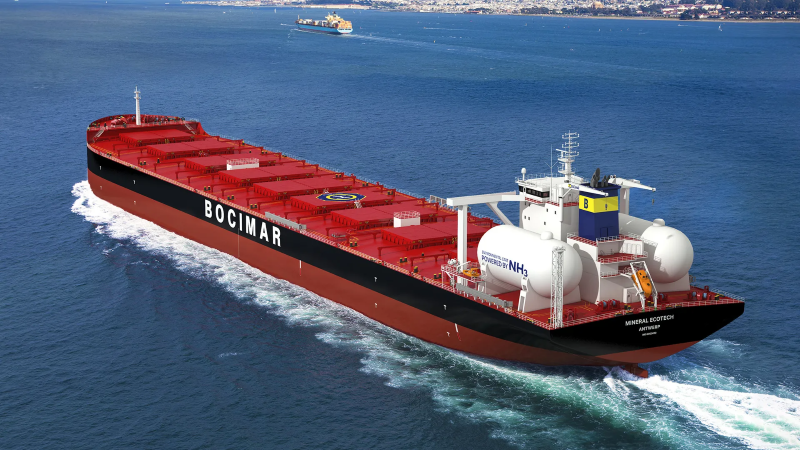GreenGo Energy & SELECT ENERGY: mega-scale renewable ammonia production in Mauritania
GreenGo Energy and SELECT Energy have signed a strategic partnership to develop a 4 million tons per year renewable ammonia project near Mauritania’s capital Nouakchott. The Mauritanian government has also reached a framework agreement with German developer Möhring Energie for the development of project NAYRAH, which will produce about 400,000 tons per year of renewable ammonia. This follows the government’s launch of its national “Green Hydrogen Code” in October this year.









